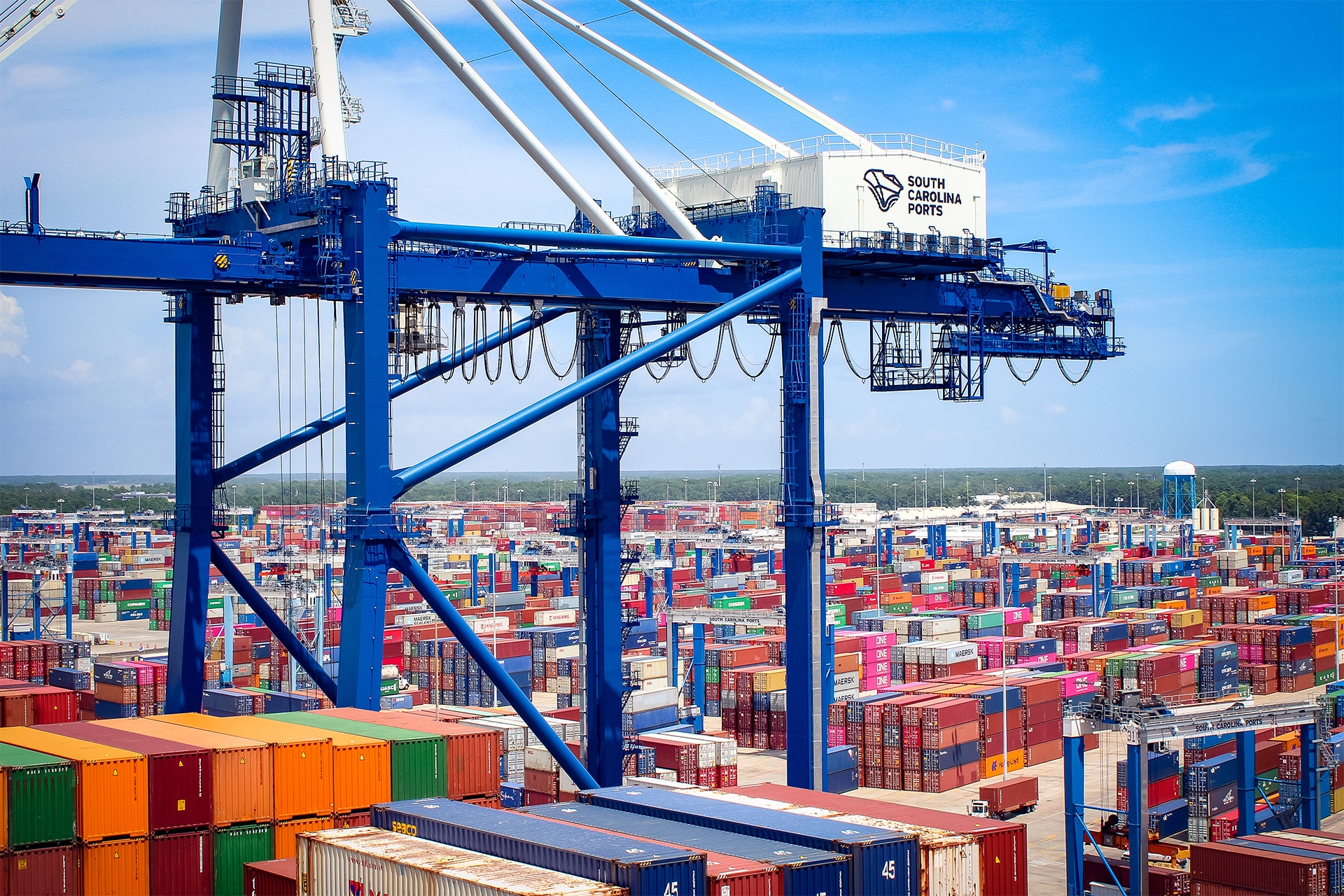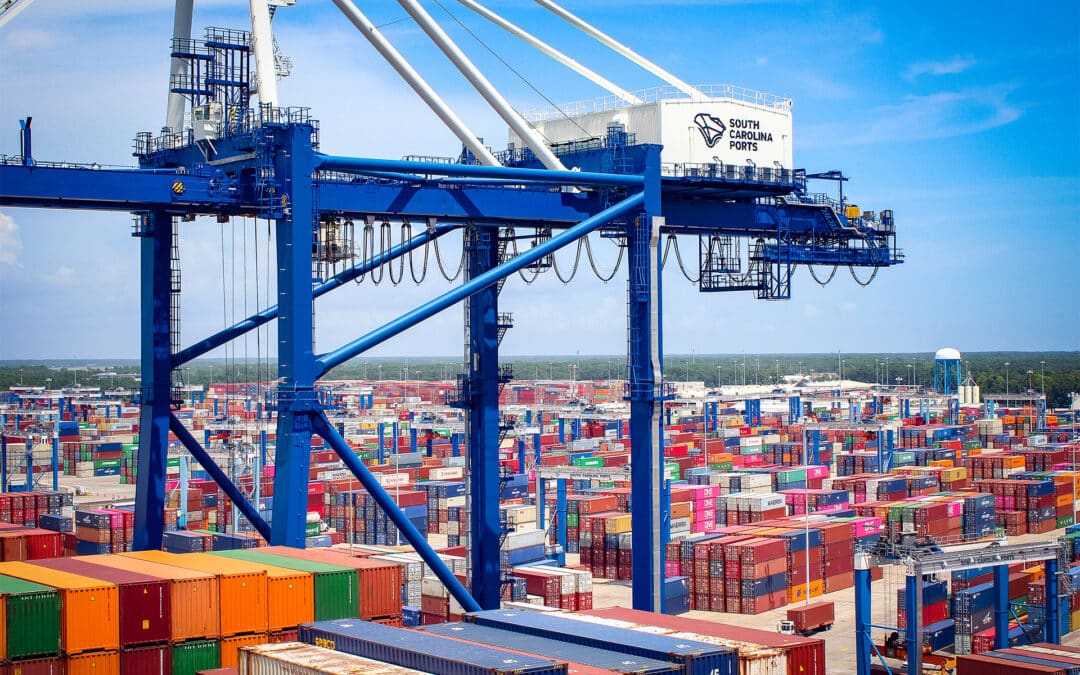Retailers are importing an increasing volume of merchandise amid the threat of a labor strike at East Coast and Gulf Coast ports and as freight rates increase largely because of international tensions, according to the Global Port Tracker report issued by the National Retail Federation and Hackett Associates.
The concerns over labor action and increasing rates are boosting inbound cargo volume at major ports in the United States to near record levels as retailers prepare to serve consumers in the holiday season.
U.S. ports covered by Global Port Tracker handled 2.16 million Twenty-Foot Equivalent Units, a 20-foot container or its equivalent, in June, the latest month assigned final numbers, up 3.6% from May and 17.7% year over year. The June figures brought the total volume for 2024’s first half to 12.1 million TEU, up 15% over the 2023 period. The totals included estimates for the ports of New York/New Jersey and Miami, which had not reported June TEU counts in time for the latest Port Tracker report.
Ports have not yet provided July’s numbers, but Global Port Tracker projected that volume increased to 2.34 million TEU, up 22.1% year over year and the highest level since the record of 2.4 million TEU set in May 2022. The August forecast is for a total of 2.34 million TEU, up 19.2% year over year.
Port Tracker forecasts September volume at 2.16 million TEU, up 6.5% year over year, October at 2.09 million TEU, up 1.7%, November at 1.98 million TEU, up 4.4%, and December at 1.94 million TEU, up 3.5%. The forecast numbers would bring 2024 total volume to 24.9 million TEU, up 12.1% from 2023.
The existing contract between the International Longshoremen’s Association and the United States Maritime Alliance covering East Coast and Gulf Coast ports will expire on September 30. Negotiations have broken down and the ILA has threatened to strike if a new contract is not reached by the end of the contract period, Port Tracer pointed out.
“Retailers are concerned by the possibility of a strike at ports on the East and Gulf coasts because contract talks have stalled,” said Jonathan Gold, NRF vice president for supply chain and customs policy. “Many retailers have taken precautions, including earlier shipping and shifting cargo to West Coast ports. We hope to see both sides resolve this issue before the current contract expires because retailers and the economy cannot afford to see a prolonged strike. This comes on top of ongoing disruption issues, including the attacks on commercial vessels in the Red Sea. Vessel diversions have led to increased shipping times and costs and have led to equipment shortages and congestion in Asian ports.”
Hackett Associates founder Ben Hackett added, “Importers are continuing to grow their inventories and are shifting cargo to the West Coast as a precaution against potential labor disruptions. We calculate that the shift has pushed the West Coast share of cargo we track to above 50% for the first time in over three years.”
The import numbers gain as NRF is forecasting that 2024 retail sales, excluding automobile dealers, gasoline stations and restaurants, will grow between 2.5% and 3.5% during 2023. Global Port Tracker, produced for NRF by Hackett Associates, provides historical data and forecasts for the U.S. ports of Los Angeles/Long Beach, Oakland, Seattle and Tacoma on the West Coast; New York/New Jersey, Port of Virginia, Charleston, Savannah, Port Everglades, Miami and Jacksonville on the East Coast, and Houston on the Gulf Coast.





